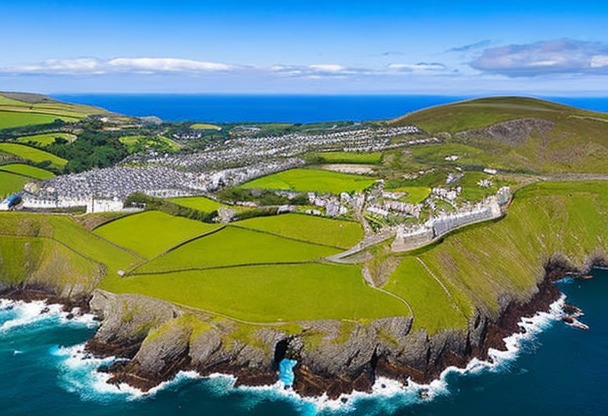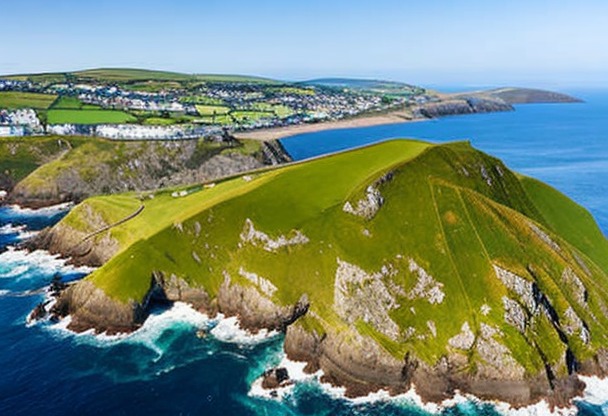Best time to travel to the Isle of Man
Choosing the right time for your trip to the Isle of Man can make all the difference. It's important to consider weather elements, seasonal events and busy tourist periods to maximize your travel experience.

Location
Climate
Low and high season periods
As with many tourist destinations, the Isle of Man experiences seasonal fluctuations in terms of visitor numbers and prices. Here's an overview of the low and high seasons:- Low season (November to March): Winter is generally considered the low season on the Isle of Man. Temperatures are cooler, averaging between 4°C and 8°C, and there's an increased risk of rain and wind. While this can make some outdoor activities less enjoyable, it's also a time when you'll find the best rates for accommodation and tourist attractions.
- Mid-season (April and October) : Spring and autumn are intermediate times to visit the Isle of Man. Temperatures are generally milder, averaging between 9°C and 14°C, and there is less precipitation than in winter. Prices for accommodation and attractions may be slightly higher than during the low season, but are generally more affordable than during the high season.
- High season (May to September) : Summer is unsurprisingly the most popular time to visit the Isle of Man, due to the pleasant temperatures and low risk of rain. Average temperatures range from 15°C to 20°C, making this period ideal for enjoying outdoor activities and the island's picturesque landscapes. However, expect to pay higher prices for accommodation and to cope with a greater influx of tourists during these months.
Major cultural events
In addition to seasonal fluctuations, there are also several important cultural events that take place on the Isle of Man throughout the year. Here are some of the most notable events to consider when planning your trip:Tourist Trophy (TT)
The Tourist Trophy (TT) is one of the Isle of Man's most iconic events and is considered one of the most prestigious motorcycle races in the world. This intense and spectacular competition usually takes place over two weeks in May and June, attracting thousands of visitors from all over the world. If you're a motorsport enthusiast, this is an event not to be missed.Interceltic Festival
The Inter-Celtic Festival is an annual celebration of Celtic music, dance and culture held every summer on the Isle of Man. The event brings together local and international artists and groups to offer concerts, workshops and other activities across the island. If you're interested in the cultural richness of the Isle of Man, this festival is an excellent opportunity to fully appreciate it.Tynwald Day ceremony
Tynwald Day is the Isle of Man's national holiday, celebrated on July 5. The day commemorates the creation of the local parliament, the Tynwald, and includes an official ceremony, parades and various festivities throughout the day. Visitors are welcome to join in the celebrations and join the local population in marking this important event in the island's history.Public holidays and closures
When planning your trip to the Isle of Man, it's also essential to consider public holidays and potential closures. Bank holidays on the Isle of Man include:- New Year's Day (January 1)
- Good Friday (date varies)
- Easter Monday (date varies)
- May Day (first Monday in May)
- Spring Bank Holiday (last Monday in May)
- Tynwald Day (July 5)
- Summer Bank Holiday (last Monday in August)
- Christmas Day (December 25)
- Boxing Day (December 26)
Insurance
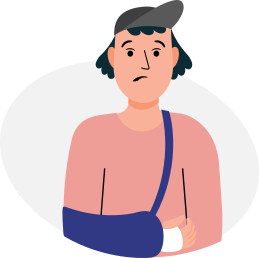
Your credit card does not cover you in all situations, that is whyIt is essential to take out insurance before you leave to avoid any unpleasant surprises. If you need to see a doctor or be hospitalized, in some countries, medical costs are very high and you will then find yourself having to pay several thousand euros.
Our partner Chapka Insurance proposes the contract CAP ASSISTANCE 24/24 with many essential guarantees.
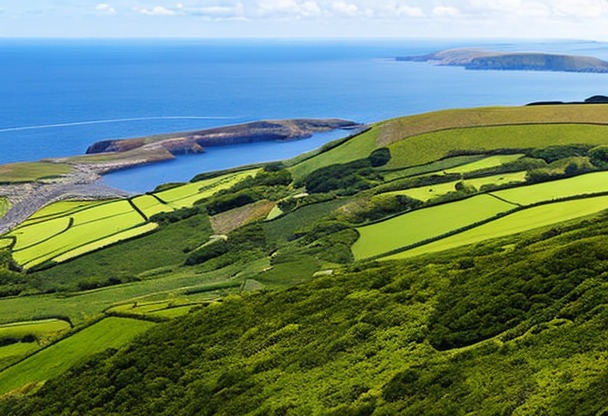
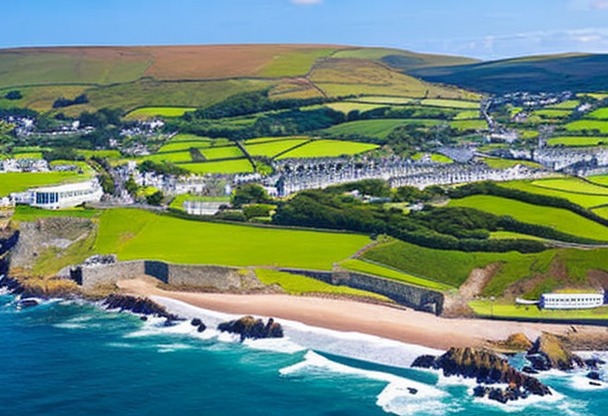
Flights
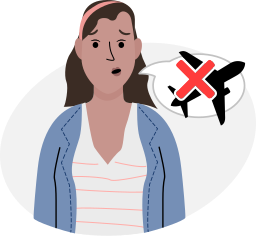
Your flight has been cancelled or delayed ?
You may be eligible for a compensation of up to €600 ! For this, lawyers are responsible for handling your claim with the airline and are only paid when the reimbursement is effective.
In conclusion, no financial risk for you, only advantages!
The different types of visa for the Isle of Man
To come and stay in the Isle of Man, you need to obtain a visa, depending on the length and nature of your stay. Here are some of the most commonly requested visa types:- Visitor visa For a short stay, usually for tourism, visiting friends or family, or for business.
- Work visa for those wishing to work on the Isle of Man, with a prior job offer.
- Student Visa for foreign students wishing to study on the Isle of Man.
- Permanent residence visa issued to individuals who have lived and worked legally in the Isle of Man for an extended period.
Isle of Man immigration statistics
In recent years, the Isle of Man has seen a steady increase in the number of immigrants, particularly those seeking to work or study on the island.Professional immigration
In terms of employment, the sectors that attract the most immigrants are :- Financial and legal services
- IT and telecommunications
- The manufacturing industry
- Construction
Student immigration
As for foreign students, the Isle of Man boasts several high-quality higher education establishments, such as the University College Isle of Man (UCM) and the Manx Technology Institute. Student visas are issued for the duration of studies, and can be extended if necessary.International tourism figures for the Isle of Man
The Isle of Man is also a popular tourist destination, attracting thousands of international visitors every year. The island's attractions include:- The famous Tourist Trophy (TT), a motorcycle race held every year in June.
- Impressive natural landscapes, such as cliffs, beaches and mountains
- A rich cultural and historical heritage, with sites such as Peel Castle, Tynwald Cathedral and the Calf of Man
- Unique wildlife, including seals, basking sharks and seabirds
Outbound tourist markets
The majority of tourists visiting the Isle of Man come from the UK, Ireland and other European countries. However, the island also attracts visitors from the USA, Canada, the UK and other European countries.Australia and New Zealand.Economic impact of immigration and tourism
Immigration and tourism are two key sectors for the Isle of Man economy. Immigrants contribute to economic growth by bringing their skills and expertise, while international tourists support the island's travel and hospitality industry.Jobs created
As well as filling vacancies in key sectors, immigrants also create new jobs by setting up their own businesses. Many people who come to the Isle of Man to work end up settling permanently, contributing to the island's economic development.Contribution to GDP
Tourism is another important economic sector for the Isle of Man. Spending by international visitors generates income for local businesses and boosts the island's gross domestic product (GDP). The government also invests in tourism promotion to attract even more visitors each year.